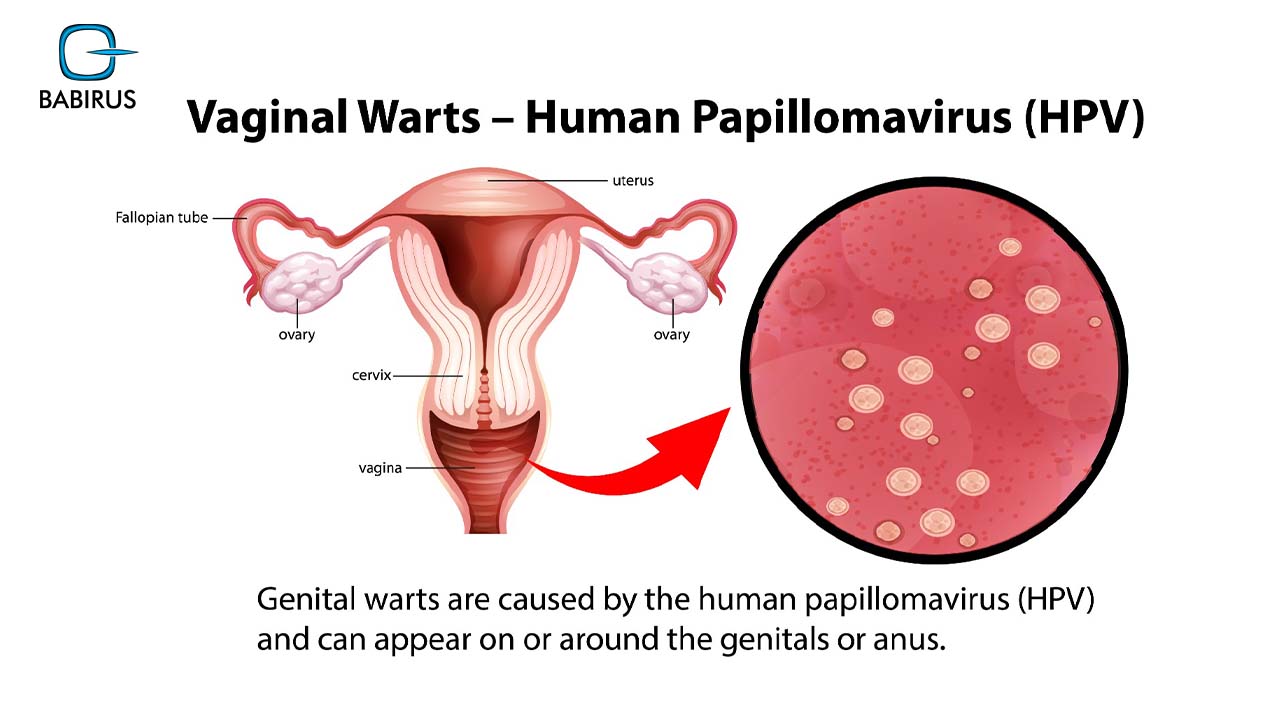Human Papillomavirus (HPV)

Human Papillomavirus (HPV): Overview, Types, and Prevention
Human papillomavirus (HPV) is a group of more than 200 related viruses, some of which are harmless while others can cause warts or lead to cancer. It is one of the most common sexually transmitted infections (STIs) worldwide, affecting millions annually. Below is a detailed overview of HPV, its types, associated health risks, and preventive measures.
Types of HPV
Low-Risk HPV:
- Causes warts on the hands, feet, face, or genitals.
- Common strains include HPV6 and HPV11, which cause genital warts and laryngeal papillomatosis.
High-Risk HPV:
- Associated with cancers of the cervix, vulva, vagina, penis, anus, and oropharynx (throat).
- Strains like HPV16 and HPV18 account for 70% of cervical cancer cases and are linked to other cancers[1][2][3].
Transmission
- Spread through intimate skin-to-skin contact during vaginal, anal, or oral sex.
- Can also spread via hand-to-genital contact or from mother to baby during pregnancy[1][3].
- Non-sexual transmission (e.g., via surfaces) is rare but possible for wart-causing strains[3].
Symptoms and Complications
Symptoms:
- Most HPV infections are asymptomatic and resolve within two years[3][5].
- Visible symptoms include genital warts (cauliflower-like growths) or oral lesions in some cases[4].
Complications:
- Persistent infection with high-risk strains can lead to precancerous changes (e.g., cervical dysplasia) or cancer over decades[1][2][5].
- HPV-related cancers include cervical cancer (most common), anal cancer, penile cancer, and oropharyngeal cancer[2][3][5].
Prevention
- Prophylactic vaccines like Gardasil protect against common high-risk strains (HPV16 and HPV18) and wart-causing strains (HPV6 and HPV11)[2][5].
- Recommended for children aged 9–12 years before sexual activity begins; effectiveness decreases with age[3][5].
Screening:
- Regular Pap smears detect precancerous changes in the cervix early[1][3].
- HPV tests can identify high-risk strains in women over 30 years old[1].
Safe Practices:
- Consistent use of condoms and dental dams reduces transmission risk but does not eliminate it entirely[1][5].
Treatment
- There is no cure for the virus itself; treatment focuses on managing symptoms and complications:
- Warts: Removed via freezing, surgical excision, or topical medications[3].
- Precancerous Lesions: Treated with procedures like cryotherapy or loop electrosurgical excision[1][3].
Conclusion
HPV is a highly prevalent virus with both benign and serious health implications. Vaccination, regular screening, and safe sexual practices are essential for prevention. Early detection of precancerous lesions significantly reduces the risk of developing HPV-related cancers.
Consult with Our Team of Experts Now!
At DrStemCellsThailand (DRSCT)‘s Anti-Aging and Regenerative Medicine Center of Thailand, we emphasize comprehensive evaluations and personalized treatment plans of Cellular Therapy and Stem Cells for managing various health conditions. If you have questions about Human Papillomavirus (HPV) or would like more information on our services, consult with our experts today!
Consult with Our Team of Experts Now!
References
- Title: HPV Vaccination and Its Impact on Cervical Cancer Prevention
DOI: 10.1016/j.vaccine.2023.03.004
Summary: Discusses the global impact of HPV vaccination programs on reducing cervical cancer incidence, emphasizing the effectiveness of 9-valent vaccines and strategies for increasing vaccination coverage. - Title: Human Papillomavirus and Oropharyngeal Cancer: Epidemiology and Prevention
DOI: 10.1038/s41591-024-01834-5
Summary: Explores the role of high-risk HPV types in oropharyngeal cancers, highlighting the importance of vaccination and early detection in reducing disease burden. - Title: HPV Screening and Vaccination Strategies: A Comprehensive Review
DOI: 10.3389/fpubh.2024.1008321
Summary: Reviews current HPV screening methods and vaccination strategies, focusing on their combined role in preventing HPV-related diseases globally.















